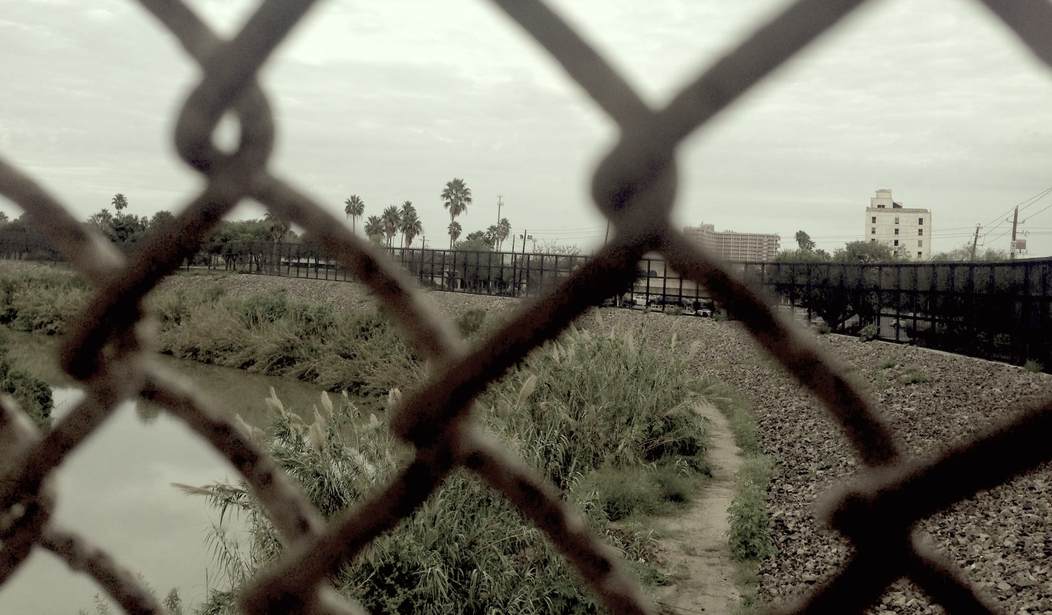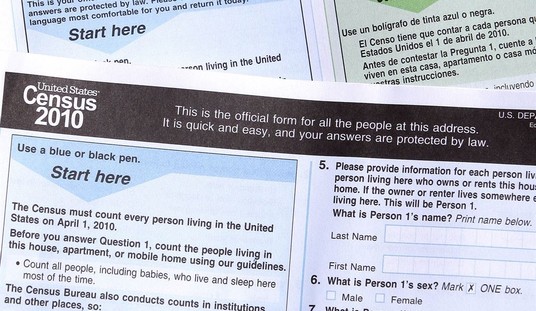A few weeks ago, the fangs came out when news broke that the Paris attackers were “refugees” who had entered the European continent among thousands of immigrants. Elected Republicans and conservative pundits challenged the American plan to resettle Syrian refugees, and still are.
But their bite is off mark.
As many as six of the Paris attackers and their leader were not resettled refugees of the sort President Obama wants to import into the country (three attackers still have not been publicly identified).
These terrorists entered Europe with illegal immigrant asylum seekers, of the sort who routinely show up at the U.S.-Mexico border.
That’s a big difference that presidential candidates Sen. Ted Cruz, Donald Trump, and various American governors pitching limits on the refugee resettlement program need to take note of: refugees are at least somewhat known. They apply through a United Nations program and have to win acceptance through national security vetting long before they are given visas and invited to resettle in a new home country.
That program, and its vetting problems, is certainly fair game. However, illegal immigrant asylum seekers don’t give the host nation a choice. They show up uninvited, smuggled, and often unknowable. Then they insist on being taken in anyway, pointing to our generous laws and traditions.
Nothing that Sen. Cruz, Donald Trump, or the governors are pitching addresses how America should better control for this kind of immigrant — the kind the Paris attackers actually were.
At least three of the Paris terrorists — including main attack planner Abdelhamid Abaaoud — were what we would call Special Interest Aliens (SIAs). They infiltrated over the common European external (Schengen zone) border at Greece, just like Syrians show up at the U.S.-Mexico border, camouflaged among many other illegal immigrants. Europe’s SIAs from Syria, Somalia, Pakistan, and many other Islamic nations are moved along their land and sea routes with the ubiquitous aid of human smugglers, just as they are to the U.S.-Mexico border.
This is perhaps the world’s deadliest known case of terrorist border infiltration by SIAs. Abaaoud was a Belgium citizen before he went to Syria and became a notorious Islamic State operative. He knew he was on the radar of intelligence services, and couldn’t come home the legal way unnoticed. So he traveled home as an illegal migrant under the cover of thousands of legitimate ones. Two of his suicide bombers, Ahmad al Mohammad and Mal Mahmod, both French citizens, did likewise. They used illegal migrant traffic to cover their return home for final martyrdom.
Neither they nor a British journalist who made the same journey from Turkey to Paris without once showing his passport had gone through the United Nations refugee resettlement program made out to be such a threat now.
The distinction between refugee resettlement and illegal immigration aided by human smuggling organizations somehow has gotten lost, but it’s very important. As a homeland security threat to the United States, illegal immigrant asylum seekers from Islamic nations may well be the bigger threat.
The vetting process for smuggled travelers popping up at a border with fake or no identity documents is far less rigorous than the much-questioned one used to vet resettling refugees, problematic though the latter may be for Syrians. In their haste to challenge the UN resettlement program for Syrians after Paris, the American governors and those who care about this sort of threat are failing to even see the other half of the picture, perhaps the much more important half.
American homeland security practitioners call illegal immigrants from 35 Islamic countries “Special Interest Aliens,” or simply SIAs, when they show up, which they’ve been doing by the thousands despite a 14-year-old clandestine American law enforcement program to counter them abroad. The SIA designation qualifies these migrants for national security database checks and face-to-face interviews when they are detained at the U.S. border or in some countries along the way, such as Mexico.
The distraction from the shortcomings of our counter-SIA smuggling campaign, which I’ve lately argued has fallen flat and needs a reset, is worth pointing out because their security vetting is less rigorous than that for the United Nations program refugees about which everyone is concerned to distraction. Refugee resettlement applicants are interviewed multiple times by trained security personnel for a year or more before they are ever given a visa and flown to America.
By contrast, many SIAs detained in Mexico or at our own border end up getting little or no scrutiny before they are released, given work permission, and then set up in a house awaiting a distant asylum hearing.
The vetting process for non-Syrian and illegal border crossers generally works like this:
- Once an SIA from any of the 35 countries is detained at the border, identities and fingerprints are collected and run through national security databases.
- U.S. Citizenship and Immigration Services conducts a 45-minute “credible fear” interview by telephone, looking not for threat-related information but rather to determine if they can apply for asylum.
After this call, 99 percent are approved.
- The FBI’s Joint Terrorism Task Forces are notified to conduct extensive security and intelligence collection interviews. Fingerprints and given names are run through national security database checks, which will only buzz if an individual was ever somehow implicated in something bad somewhere.
However, as I have previously reported, JTTF agents are only able to interview a relatively small percentage of SIAs for national security threat assessments in the U.S. or when they are caught in Mexico.
Undoubtedly, Syrians caught at the American borders are among those being interviewed given the current climate, but the same gaps that plague the vetting of resettling Syrian refugees also plague this effort. There is no friendly government in Syria that can help verify identities given or stories told. And there are too few agents to cover too many SIAs.
- Unless something derogatory turns up, most SIAs are able to bond out within a week or a month. That means most are released having only had the initial telephone “credible fear” interview and some database checks run on the name they gave.
- Asylum merit hearings are terribly backlogged — to 2019 just in Texas.
- SIA asylum petitioners are given permission to work and to obtain Social Security cards and driver’s licenses while they are awaiting their asylum merit hearings.
More troubling, in research I conducted for my Naval Postgraduate School thesis about SIA smuggling, I found that asylum fraud abuse was fundamental to these enterprises. SIA smugglers embroidered it into their operations against a backdrop of questionable U.S. effectiveness to detect it.
A 2008 GAO survey of asylum officers showed that 75 percent believed “they needed additional training to help them detect fraud, conduct security checks, and assess the credibility of asylum seekers.” Things do not seem to have improved much since then. In 2014, a leaked DHS report showed that up to 70 percent of cases contained possible fraud.
When presidential candidates, elected leaders, and policymakers want to do something good and right for the country, they need to see the whole picture.
(Next week: Meet the SIA Smuggling Organizations)









Join the conversation as a VIP Member